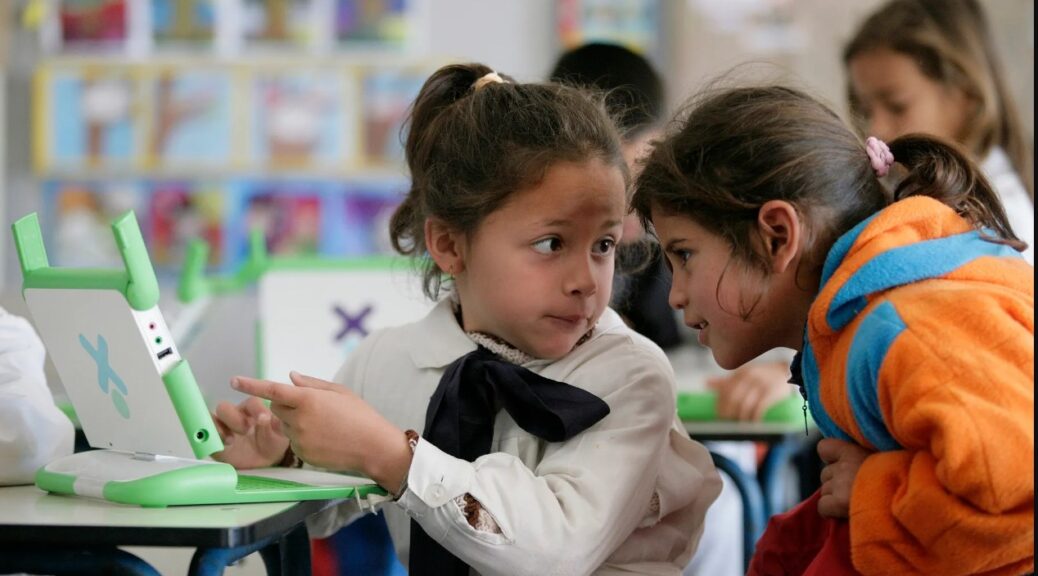In recent decades, the push for gender equality in education has gained significant momentum, resulting in various programs and initiatives aimed at bridging the gender gap. These efforts are crucial, not only for fostering equality but also for empowering individuals and communities, driving economic growth, and promoting social development. This article explores some key educational programs focused on promoting gender equality and examines their outcomes.
Understanding the Gender Gap in Education
The gender gap in education manifests in several ways, including disparities in enrollment rates, completion rates, and academic performance between boys and girls. Historically, girls have been at a disadvantage, especially in developing countries, due to cultural norms, economic barriers, and limited access to quality education. Addressing these disparities is essential for creating a more inclusive and equitable society.
Key Educational Programs Promoting Gender Equality
- UNESCO’s Global Partnership for Girls’ and Women’s Education: UNESCO has been at the forefront of promoting gender equality through its Global Partnership for Girls’ and Women’s Education. This program focuses on enhancing access to quality education for girls, particularly in regions where they are most disadvantaged. By providing scholarships, building schools, and developing gender-sensitive curricula, UNESCO aims to break down barriers and create a supportive learning environment for girls.
- Malala Fund’s Advocacy and Education Initiatives: The Malala Fund, inspired by Nobel laureate Malala Yousafzai, advocates for the education of girls globally. The organization works on the ground to implement projects that improve educational opportunities for girls. It also engages in advocacy to influence policy changes that support girls’ education. The fund’s initiatives have led to significant increases in school enrollment and retention rates for girls in several countries.
- GPE’s Gender Equality Strategy: The Global Partnership for Education (GPE) has integrated gender equality into its core strategies. GPE supports countries in developing and implementing gender-responsive education sector plans. By focusing on teacher training, infrastructure development, and community engagement, GPE aims to create an educational environment that supports both boys and girls equally.
Effective Outcomes of Gender Equality Programs
- Increased Enrollment and Retention Rates: Programs promoting gender equality in education have significantly increased the enrollment and retention rates of girls in schools. For instance, in countries where UNESCO’s initiatives are implemented, there has been a noticeable rise in the number of girls attending and completing primary and secondary education.
- Improved Academic Performance: Gender-sensitive teaching practices and curricula have contributed to improved academic performance among girls. By addressing gender biases in teaching materials and methods, these programs ensure that girls receive the same quality of education as boys, leading to better learning outcomes.
- Empowerment and Economic Impact: Educated girls are more likely to participate in the workforce, contributing to economic growth and development. Programs that promote gender equality in education help empower women, enabling them to pursue higher education and careers. This not only benefits the individuals but also their families and communities.
- Reduction in Child Marriages: There is a strong correlation between girls’ education and the reduction of child marriages. Educational programs that keep girls in school longer have been effective in delaying marriage and motherhood, which contributes to better health outcomes and economic prospects for women.
Conclusion
Promoting gender equality in education is a multifaceted effort that requires the collaboration of governments, international organizations, and communities. The programs discussed highlight the progress that has been made in bridging the gender gap in education. However, continuous efforts are necessary to sustain and build upon these successes. By ensuring that all children, regardless of gender, have access to quality education, we can create a more equitable and prosperous world.



